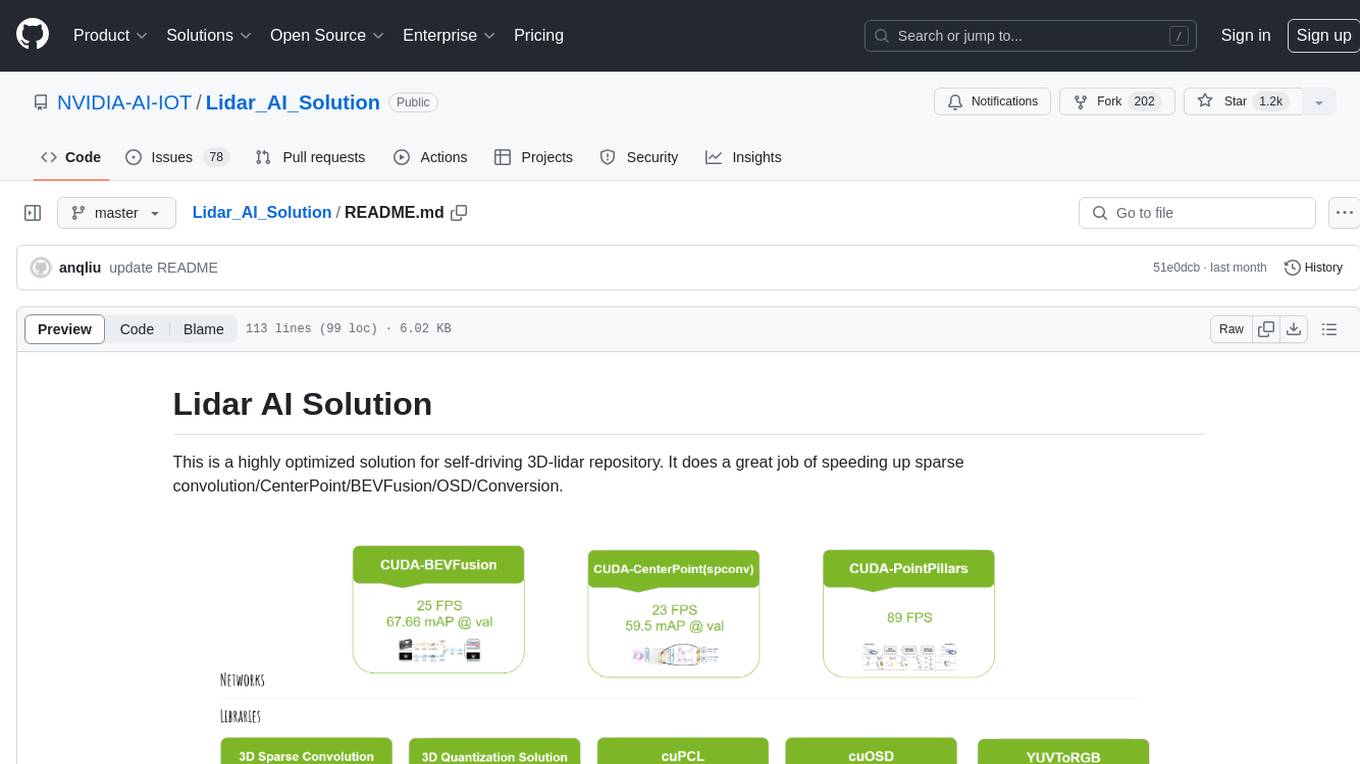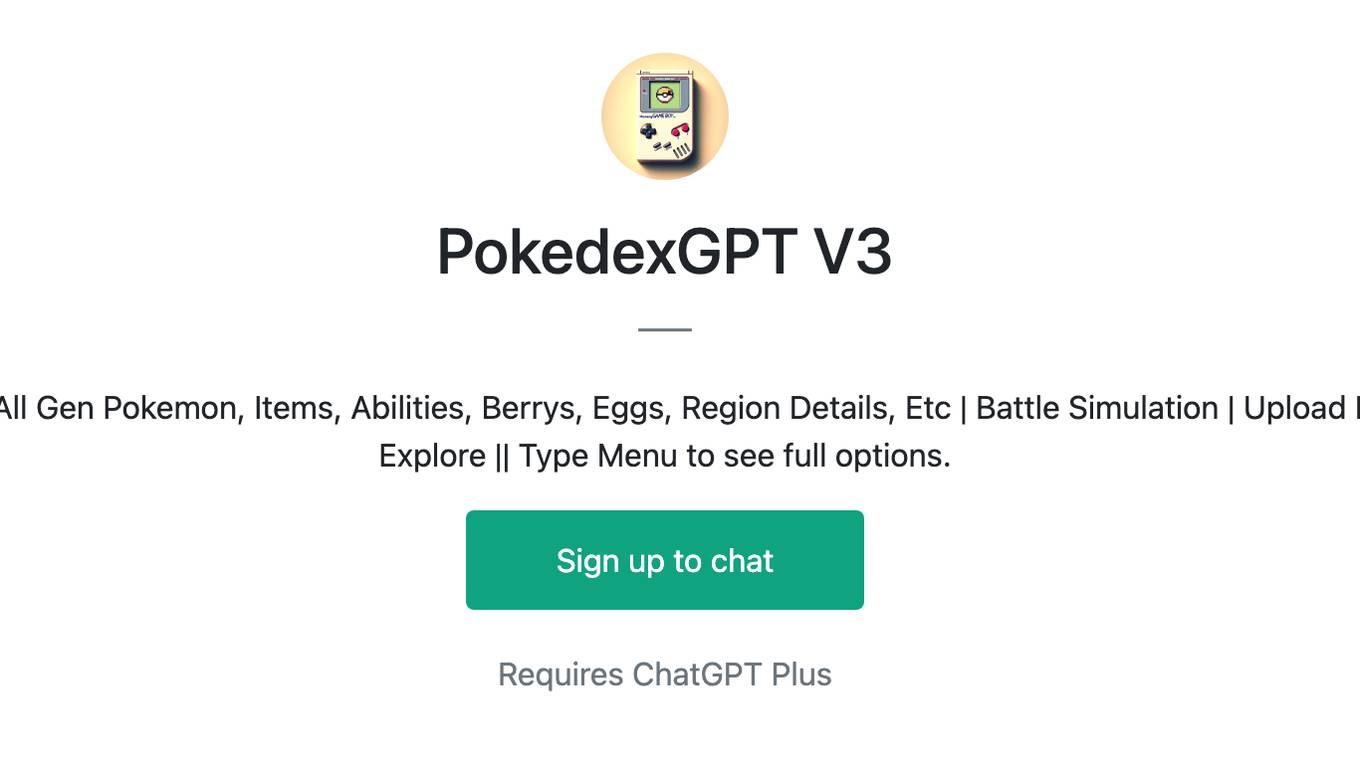Best AI tools for< Fuse Features >
1 - AI tool Sites

Fuse
Fuse is a smart news aggregator that delivers personalized and complete coverage of top news stories from the U.S. and around the world. Stories are covered from every angle - with articles, videos and opinions from trusted sources. Fuse employs AI/ML algorithms to continuously collect, organize, prioritize and personalize news stories. Articles, videos and opinions are collected from all the major news media outlets and automatically organized by stories and topics.
1 - Open Source AI Tools

Lidar_AI_Solution
Lidar AI Solution is a highly optimized repository for self-driving 3D lidar, providing solutions for sparse convolution, BEVFusion, CenterPoint, OSD, and Conversion. It includes CUDA and TensorRT implementations for various tasks such as 3D sparse convolution, BEVFusion, CenterPoint, PointPillars, V2XFusion, cuOSD, cuPCL, and YUV to RGB conversion. The repository offers easy-to-use solutions, high accuracy, low memory usage, and quantization options for different tasks related to self-driving technology.
2 - OpenAI Gpts

PokedexGPT V3
Containing The Entire Pokemon Universe | All Gen Pokemon, Items, Abilities, Berrys, Eggs, Region Details, Etc | Battle Simulation | Upload Image for Pokedex to ID | Fuse Pokemon | Explore || Type Menu to see full options.
